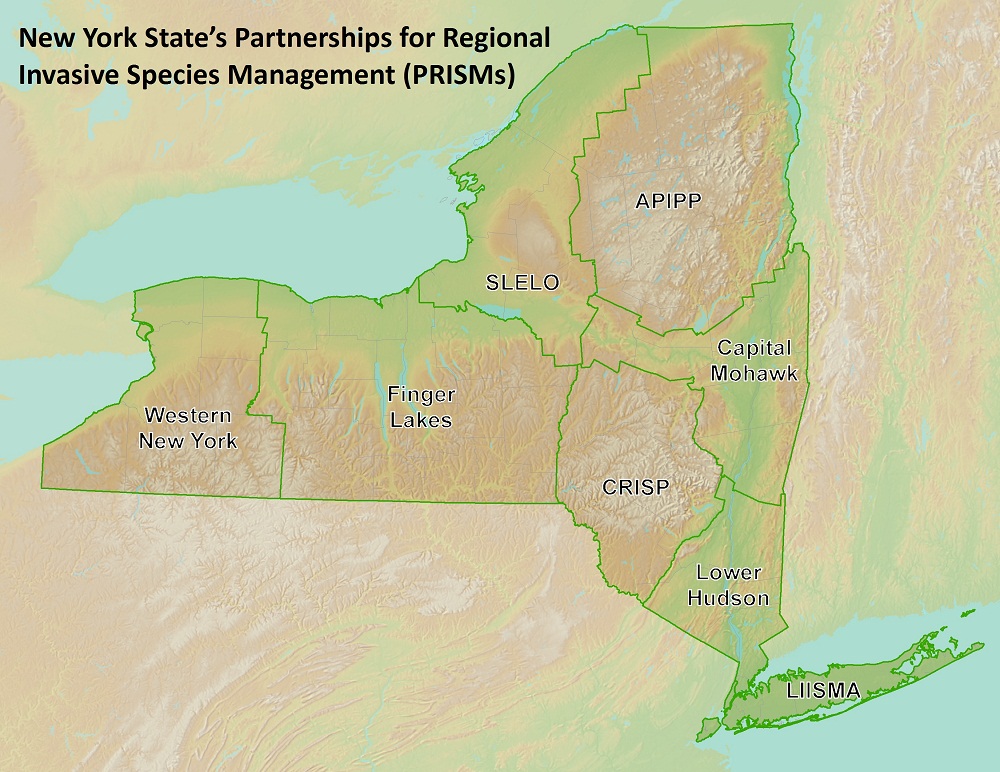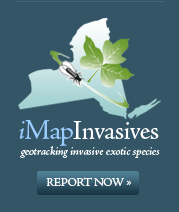Are Invasives Going Native?
In a recent paper, Randy Westbrooks and Betsy Brabson noted that over the past 500 years, more than 50,000 species and varieties of plants and animals have been introduced to North America. A small percentage of these introductions have escaped cultivation and established free living populations in the United States. It is estimated that costs of exotic invasive species to the American economy are now over $138 billion per year, and of this total, invasive plants account for over $50 billion per year.
Now we are learning that invasive plants have the ability to adapt to new environments – and even behave like a native species. In a recent study conducted at the UK’s University of Stirling, researchers found that the behavior of invasive plants changes over time – meaning plants of the same species act differently if they arrive in their new environment at separate times.
Dr Mario Vallejo-Marin, Associate Professor in the Faculty of Natural Sciences, led the work alongside PhD student Pauline Pantoja. They studied the characteristics of monkeyflowers (Mimulus guttatus), which first arrived in the UK from North America 200 years ago.

Volunteers pulling water chestnut from Braddock Bay. Photo credit: Hilary Mosher
Significantly, they found that the long-established plants were bigger and produced more flowers and more clones than those recently introduced. In comparison, the study showed that the genes of plants recently introduced are not well-adapted to deal with the UK environment.
According to Dr. Vallejo-Marin, “Our study shows that invasive plants – in this case, the monkeyflower – become increasingly adapted to new environments thanks to natural selection.”
This underscores the need for early detection and rapid response (EDRR) to invasives, preventing them from gaining a foothold, adapting and expanding. It also provides additional insight into the oft-cited “invasion curve“. Early action not only is more cost effective, it reduces the opportunity for the invader to adapt to the local environment.
Purple Loosestrife photo By liz west (Flickr: loosestrife marsh2) [CC BY 2.0 (https://creativecommons.org/licenses/by/2.0)], via Wikimedia Commons




